Marcus Machado: “Learn the rhythms, learn the changes – that's what’s important to any gig. Nobody's going to hire you for how fast you play the solo“
He's collaborated with the likes of Anderson .Paak and Robert Glasper, fused hard rock and hip-hop with th1rt3en, and now Machado channels Jimi Hendrix, Nile Rodgers and, yes, Prince, on his searingly funky new album, Aquarius Purple
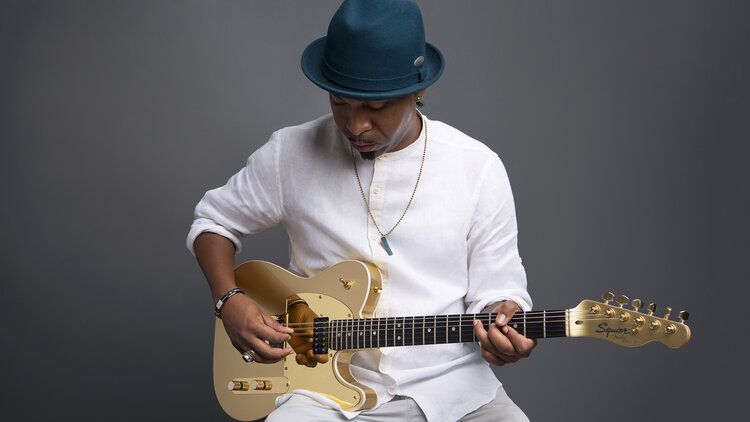
There’s child prodigies… and then there’s child prodigies. Take Marcus Machado, who began playing guitar at the age of, well, two.
“The guitar was always there, from my earliest, earliest memories,” he says. “My father, he was a musician, so there were guitars and instruments laying all around the house. And my mother had a crazy record collection. One of the first things I remember was being two years old and listening to Electric Ladyland and picking up the guitar. And I've been going ever since.”
Indeed he has. Now in his 30s, Machado has mastered a soulful sound that incorporates elements of R&B, funk, jazz, hip-hop, heavy rock and psychedelia into a hard-hitting and unique six-string stew, as evidenced on his new solo album, Aquarius Purple.
In addition, Machado has played with a wide range of artists, from Robert Glasper and the Weather Report’s Victor Bailey to Anderson. Paak and Pete Rock, is a member of the “soul hop” supergroup DMD the Vibes alongside drum phenom Daru Jones (Jack White, Talib Kweli) and Living Colour bassist Doug Wimbish, and provides the slamming electric guitar riffs and screaming solos in the hip-hop/hard rock project th1rt3en, headed by rapper Pharoahe Monch.
When it came to making Aquarius Purple, he says, “I wanted to make a record where it touches on every genre of music. The inspiration was about keeping the guitar stuff alive and kind of carrying that torch, and just trying to create something different with it.”
Machado phoned in to Guitar World from his home in New York City to discuss Aquarius Purple, th1rt3en, and the importance of having an “open ear” when it comes to the guitar.
Aquarius Purple – I have to imagine the title is at least a bit of a nod to Prince, who’s clearly an influence on your sound.
Get The Pick Newsletter
All the latest guitar news, interviews, lessons, reviews, deals and more, direct to your inbox!
“Everybody asks, 'What's Aquarius Purple? What does it mean?' For starters, I’m an Aquarius, and so the music is coming from an Aquarius state of mind. And yeah, the purple is a nod to Prince, but the record is also a nod to Jimi and Eddie Hazel and Albert King and John Scofield and Jef Lee Johnson and all the other guys who have influenced me. To me, purple just represents the color of the music that comes from that. There’s a lot of different landscapes, and the color of that landscape is purple.“
You hear all those different landscapes, from acid-rock freakouts to more liquid, jazzy instrumental excursions, and from pop sounds to R&B, soul and funk. Can you talk a little about how your playing style developed?
I was always heavily into rhythm and lead playing at the same time
“As a kid, I was like a sponge. I've been playing guitar since I was two years old, and I’ve been playing professionally since I was nine. And in my house you would hear everything from Jimi Hendrix and Weather Report and Joni Mitchell to A Tribe Called Quest and John Denver. So I would gravitate to all these different sounds. And then also being a hip-hop kid, I was influenced by people like D’Angelo and Raphael Saadiq and J Dilla. I try to incorporate that hip-hop edge into my playing as well.
“As far as my rhythm playing, I was heavily influenced by people like Catfish Collins, Prince, Nile Rodgers, all those different cats. And I was always heavily into rhythm and lead playing at the same time. So I just kind of incorporated all those different styles and approaches. Because you can have a guitar album where you play solos for days, but I wanted something where there’s a balance, and you get a little bit of both. You get some lead playing, but then at the same time you get some funky rhythm, too.“
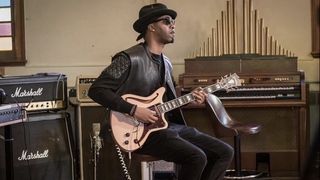
What was your main guitar and amp setup on Aquarius Purple?
“I've always been a Fender guy, but more recently I've been heavily using D’Angelico guitars. They’re my go-to. On the record you hear a lot of the D’Angelico Deluxe Bedford SH, which is also the guitar I’ve been playing live. You can all the different tones out of that guitar – a Tele, a Strat, a Les Paul… I love it.
“Then as far as amps, in the studio I use a Fender Twin, and sometimes a Marshall JCM800. I also have a Tech 21 [Hot-Rod] Plexi pedal, and I've been using Beetronics effects – they have an amazing fuzz, an Octavia [the Octahive]… they’re friends of mine from out in LA.“
Among the many projects you’re involved in is th1rt3en, which is a collaboration with Pharoahe Monch and Daru Jones. It really shows off the more aggressive side of your playing.
“That project was, like, six, seven years in the making. We really took our time because we wanted to create a really big sound and bring something different to the music world.
“As far as my playing in that group, it’s heavily influenced by Black Sabbath and Led Zeppelin and Band of Gypsys and stuff like that. And the group is just the three of us – Daru Jones on drums, Pharaohe Monch on vocals and me on guitar. So again, I kind of took the position of playing rhythm and lead together. Sometimes I’ll use an effect like Octavia to do some low-end guitar stuff, so it's like almost I'm playing guitar and bass at the same time.
“But I love doing the th1rt3en stuff. I’m into the wall of sound thing – hook up as many Marshall amps and speakers as I can, turn up and play as loud as we want!“
That's always fun.
“Yeah, man. And also, too, with that project, what I love is that Pharoahe Monch just lets me open up. Even though it's a hip-hop/rock project, he doesn’t want me to just do the normal guitar player thing and add some solos on top. He’s like, 'Man, after I rap or spit a verse, I want you to respond to my playing.' So a lot of the guitar playing you hear on the record is me answering his lyrics. That was really dope –having the freedom to play and really experiment. So I love that band. Those are my brothers, it's a family, and we're looking forward to doing a whole lot more together.“
In addition to your solo output and your work with th1rt3en and DMD the Vibes, you’ve worked with artists ranging from Anderson .Paak to Pete Rock to Robert Glasper. What is the key to being able to adapt to so many different styles and situations, and to gel with so many disparate musicians?
“For me, it's just about having an open ear and not limiting yourself to playing in any one type of genre. Like I said earlier, I’m big on all different styles of music. But if you're a session player or you're in a band, sometimes you feel limited, or that you can't do as much as what you want to do.
“So what I try to do is, whatever situation I'm in, whether I’m doing a jazz thing or a hip-hop thing or whatever, I bring all my style into it. As long as you're openminded to the music and the different artists that you're working with, everything will fall into place.“
There are so many guitarists these days that have such incredibly advanced technique. But that’s only part of the equation when it comes to stepping into a musical situation and being able to deliver.
Even though someone may say, 'Man, that was one crazy guitar solo,' they also want you to actually study the work. You need to know the music first
“Yeah. When I was younger I was like any kid – you just want to play the fastest and the craziest. And so I think that you can have all the crazy techniques, but when it comes down to it, you definitely have to know your basics first. Just laying in the pocket is very important, you know what I mean? Especially when you get all these different gigs in different situations. Even though someone may say, 'Man, that was one crazy guitar solo,' they also want you to actually study the work. You need to know the music first.“
That’s good advice.
“I've always done that. Learn the music. Learn the rhythms. Learn the changes. Once you get that down pat, then you can start soloing and doing all the other stuff.
“One of my mentors, Victor Bailey, rest in peace, he once told me that when he was teaching at Berklee he would hear some incredible bass players – you know, they could play Portrait of Tracy, all the most outlandish, crazy solo stuff. But they couldn't stay on the one. They couldn't play a basic groove. And for me, that's what’s important to any gig. Nobody's going to hire you just for how fast you play the solo.
“So learn the music first. Once you get that down, then you can have fun with it. You can do all the solos, you can do all the wild stuff. You can do anything you want.“
- Aquarius Purple is available now via Soul Step Records.
Rich is the co-author of the best-selling Nöthin' But a Good Time: The Uncensored History of the '80s Hard Rock Explosion. He is also a recording and performing musician, and a former editor of Guitar World magazine and executive editor of Guitar Aficionado magazine. He has authored several additional books, among them Kurt Cobain: Montage of Heck, the companion to the documentary of the same name.
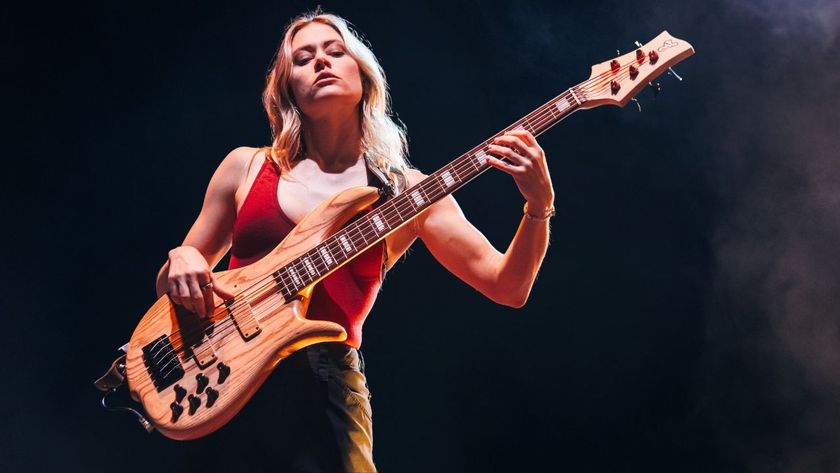
“These guys started the band the same year I was born – they have a whole world of history together”: How Nicole Row went from a wild ride in Panic! at the Disco to laying down the low-end in Incubus – and rerecording their biggest album
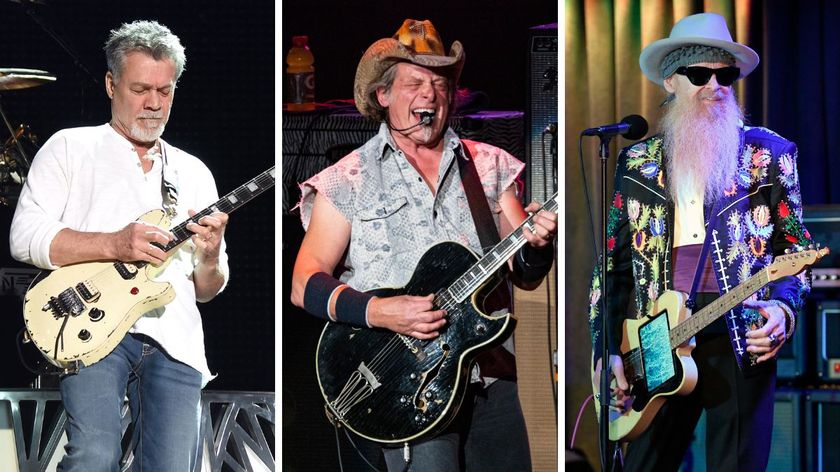
“Who doesn't want to hear the recording of Ted Nugent and Eddie Van Halen jamming?” Ted Nugent's colossal archive includes sessions with EVH, Billy Gibbons and the Mothers of Invention

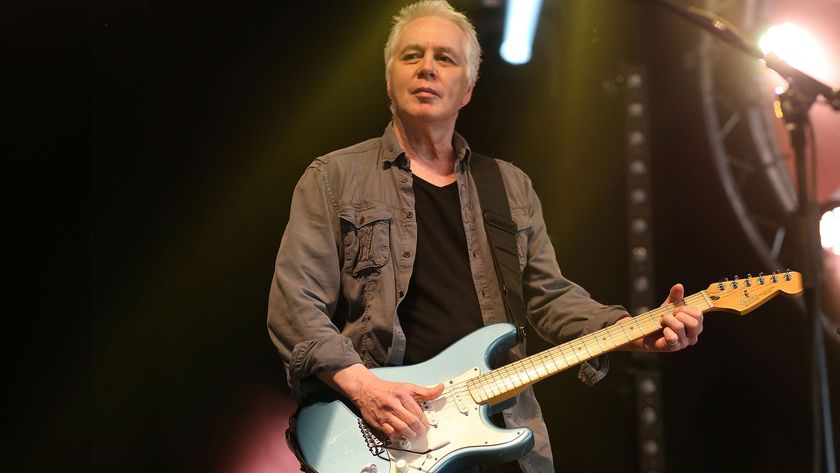
![Adrian Smith [left] and Richie Kotzen pose with an HSS S-style and Telecaster respectively.](https://cdn.mos.cms.futurecdn.net/DqivbKgc2aXLoykDT3h5mN-840-80.jpg)
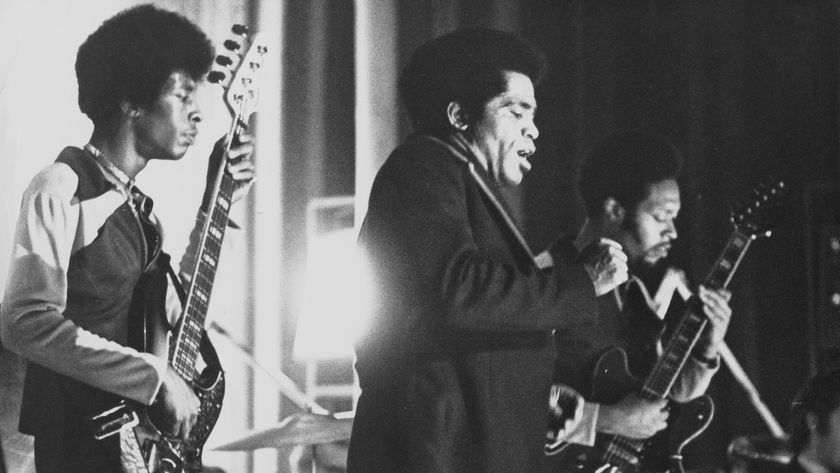
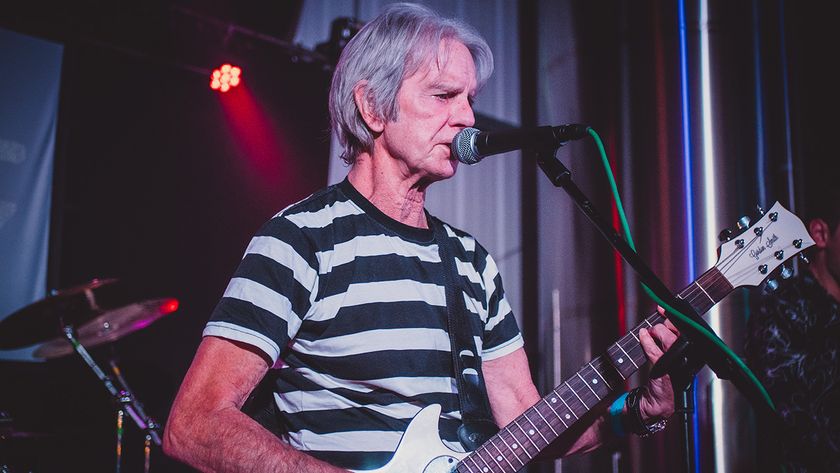
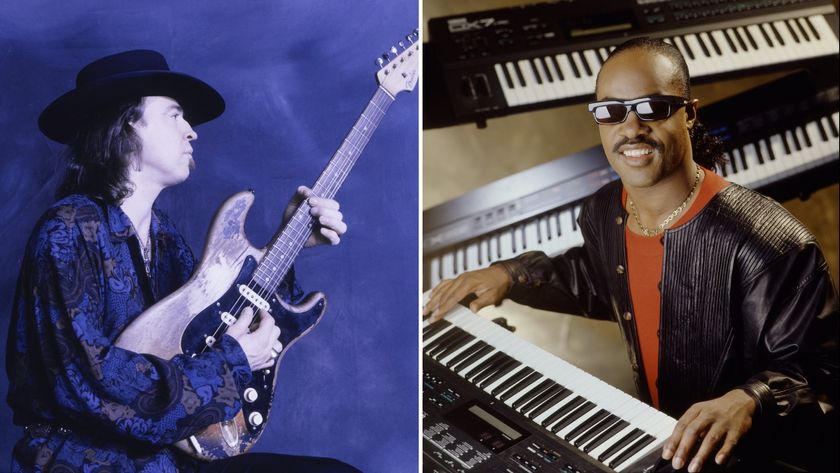
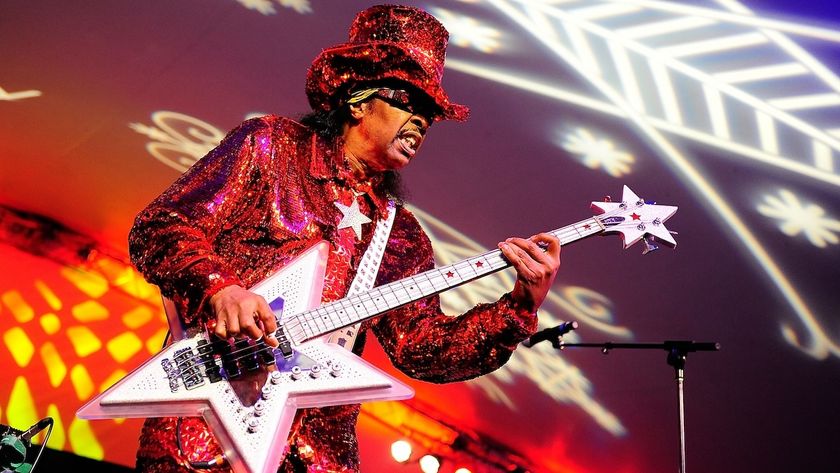


![[L-R] George Harrison, Aashish Khan and John Barham collaborate in the studio](https://cdn.mos.cms.futurecdn.net/VANJajEM56nLiJATg4P5Po-840-80.jpg)